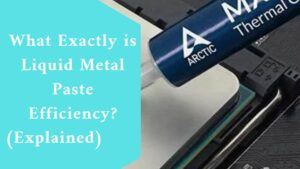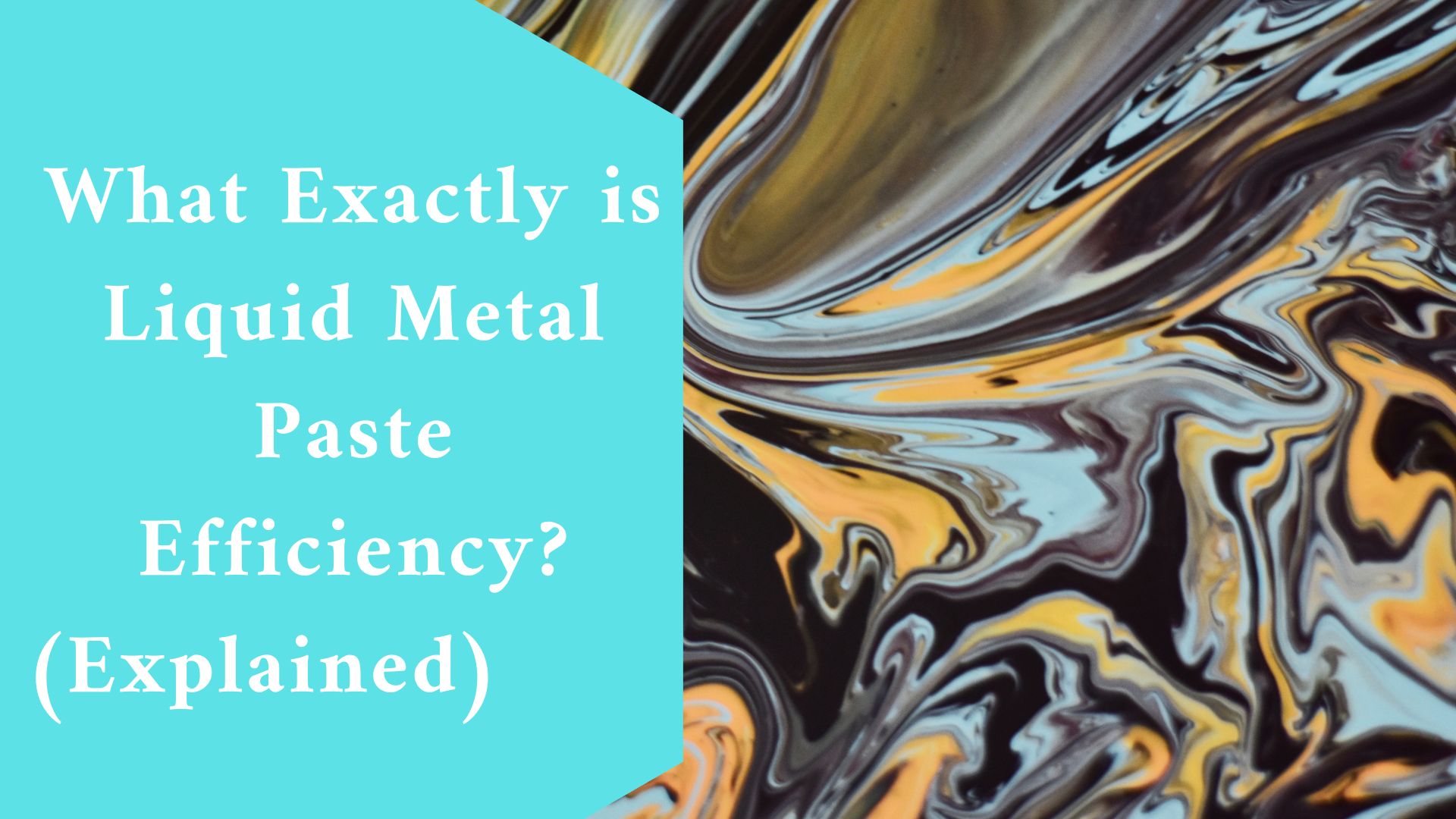The LVM-700 Series is a liquid metal thermal paste (thermal interface material) composed of a gallium-indium-tin alloy.
With a boiling point of up to 2,000°C and exceptionally stable physical and chemical properties, the substance is non-volatile in the air.
It is a viscous thermal compound with 100% metal content that has good vertical (z-plane) thermal conductivity.
It can fill any potential air gap between two squeezed surfaces while maintaining high-temperature performance.
This material provides good wettability and adhesion, as well as improved temperature resistance.
It is stable in liquid form at low temperatures and will stay so when heated to high temperatures.
Liquid metal thermal paste is meant to decrease small air gaps between the surface of the cooler and the CPU’s integrated heat spreader.
Liquid metal thermal paste can be either electrically or non-conductive.
When applying liquid metal compounds, higher concentration and attention are required. Several low-cost pastes match or outperform their more expensive counterparts.
Liquid metal fills the spaces between the CPU/GPU and the heat sinks. Gallium has a low melting point and a high boiling point.
As a result, it remains solid at normal temperature. Because Gallium reacts with aluminum, it cannot be utilized with aluminum heat sinks.
It can, however, conduct significantly less heat than other metals that are nonreactive to their liquid phase, such as indium.
The liquid state of the alloy makes it difficult to use. This includes being cautious not to spill fluid, which can lead to short-term issues such as component failure.
Ingredients Of Liquid Metal Thermal Paste
Liquid metal thermal paste is a mixture of alloys known as Galinstan. Indium, tritium, and ion are all important mixes.
This mixture with a wicked low melting point of roughly 21 °C is what makes spreading simple.
Manufacturers of liquid metal thermal paste use a different “sauce” to create what they believe are the most effective combinations for cooling your GPU/computer.
The efficiency of Liquid Metal Thermal Paste
With somewhat colder values than typical pastes, liquid metal thermal paste compounds can top this temperature table.
Most good thermal compounds behave similarly, however, their prices per gram might vary greatly.
Because not every system will ever require the most expensive compound, even the most expensive system builders can rest easy knowing that even less expensive paste can be quite effective.
Thermal compounds are frequently contrasted and questioned, but the simple fact remains: thermal compounds are required for PC system construction to dissipate thermal loads efficiently.

What is the distinction between liquid metal and thermal paste?
Heat controls in PCs are critical to the product’s performance since they can cause bottlenecks, lagging, and finally failed in the computer’s components. They both behave similarly and provide the same function.
Before choosing a thermal paste suited to their unique demands, the distinction between normal thermal paste and liquid metal is between the two types’ advantages and downsides.
The same types of paste are used to improve heat management between a CPU, GPU, and its heat sink.
The thermal conductivity of liquid metal can reach 73 W/(mK). Thermal paste cannot conduct heat as effectively as solid metal. All liquids are normally electroconductive, which can cause issues later on.
Application Fields
- Semiconductor device testing, such as CPU, GPU, MCM, and so on.
- Mobile phones and PC tablets, as well as PCs, servers, and cloud storage
- PDPs, LEDs, and IGBT Modules
- Optical communications equipment, medical equipment
Conclusion
Using liquid thermal paste in your PC GPU or CPU will help improve the durability. Your GPU or CPU will be able to last for a long time.

